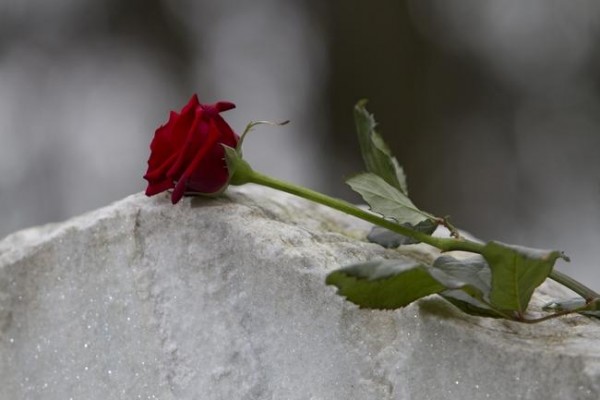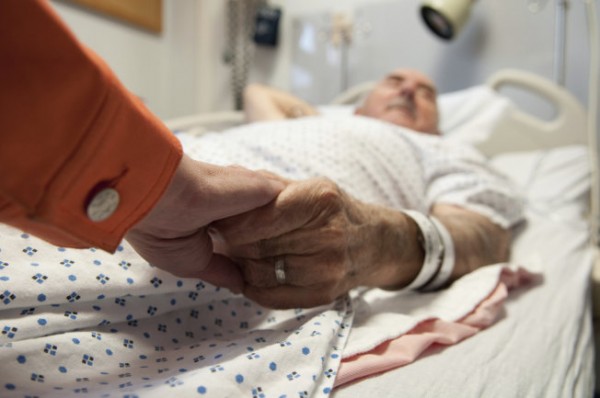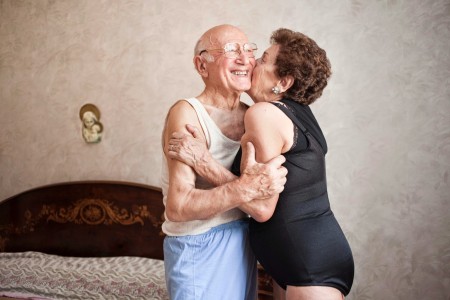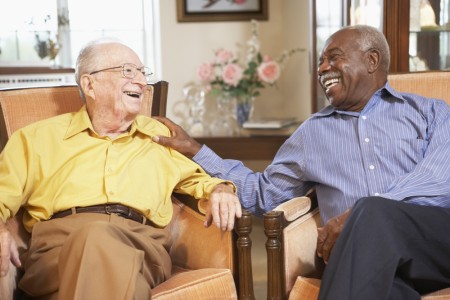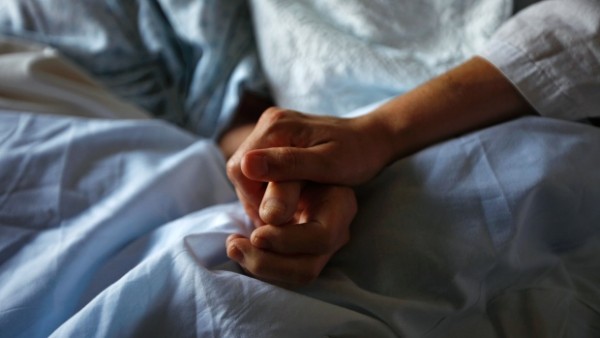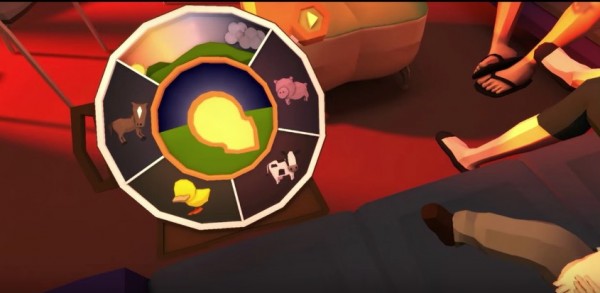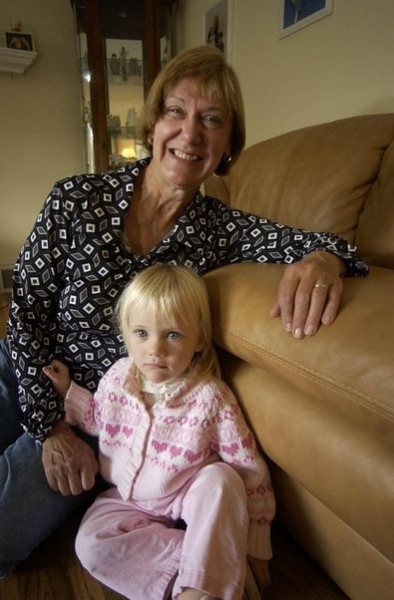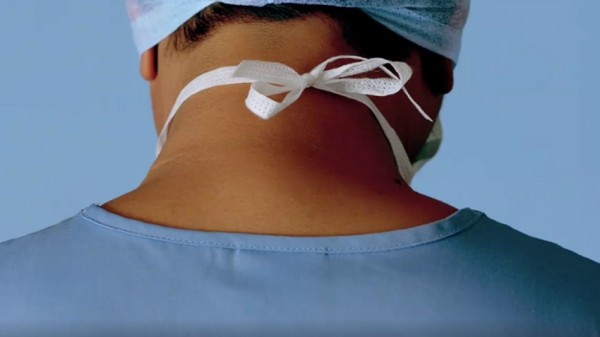By Karen Dandurant
Some day, every one of us is going to die, so why is that topic so difficult for most people to talk about?
A book, “Being Mortal,” written by Dr. Atul Gawande, explores that question. A new PBS documentary, based on the book, follows patients as they go through the process of dying, with a close look at the interactions between the patients, their family members and the medical community.
“Putting this into a movie lets people see what end-of-life care can mean,” said Dr. Keenan Al-Hojerry, one of the physicians depicted in the film. “Doctors look at death as a failure, but really, it is a part of living. As physicians, we are trained not to recognize that, but we must, to be fair to everyone involved.”
The staff of Portsmouth Regional Hospital will tackle these difficult questions and emotions in a three-part speaker series set for the spring. All lectures are free and will be held at the hospital from 7 to 8:30 p.m., in the hospital classrooms at 333 Borthwick Ave.
On April 18, Being Mortal will be the first topic. Presented by Cristina Hepburn of Beacon Hospice, the program is intended to help clarify issues surrounding quality of life and death for patients, family and physicians.
On May 10, the series continues as Dr. Sarah MacDuffie presents a talk about Advance Care Planning, with the focus on ways to have this much-needed conversation.
Finally, on June 2, “Healing Through Grief and Forgiveness” will help with final resolution of what can be a complicated relationship when the topic of impending death is involved.
Most of us probably think we know how we would prefer to die. Dying peacefully at home in our bed is a common goal. The questions that needs to be asked are when does quality of life become the deciding factor? When is it time to say enough when it comes to continuing treatment past the point of effectiveness or the possibility of a cure? When is it appropriate to have the conversation, and with whom?
I would argue that any time is the right time,” said Dr. Sarah MacDuffie, medical director of Palliative Care at PRH, and medical director at the Edgewood Centre in Portsmouth. “I think the more discussions with family about your values and your wishes, the better prepared they will be if the time comes when you cannot choose for yourself. And do it now. Waiting until there is a significant illness changes things and makes the conversation harder.”
If the conversation is not had early and often, MacDuffie said it can become the elephant in the room during a health crisis.
“The patient doesn’t want to discuss it because they don’t want their family to think they are giving up,” MacDuffie said. “The family doesn’t want to talk about it because they don’t want the patient to think they are giving up on them. So everyone should have the conversation often. Do advance directives, but that can’t be the end of the talking.”
Tracy Searing, a licensed social worker at Rockingham Visiting Nurse Association and Hospice, an affiliate of Exeter Hospital, said statistics show that only about 30 percent of people coming into hospice care have advance directives in place.
“As social workers, we start taking care of that from day one,” Searing said. “Most of the time patients do not realize how simple it is. I tell them I can have this in place in five minutes. Our goal for hospice patients is to have an advance directive the day of admission so we can be sure to honor the patient’s wishes.”
Searing said her family already has advance directives, even her adult children.
“I do not want to have this discussion when the question between my husband and I is whether or not to put my 18-year-old on a feeding tube or a ventilator,” said Searing.
Before 2014, Searing said there was no legal component in place to allow a family member to speak for another who could not speak for themselves.
“It would end up in court,” said Searing. “If there was no family agreement, the court system made the decision and that is not right. Now, a surrogate can be appointed to carry out the wishes.”
Preparing to be mortal is a two-part process.
MacDuffie said the person must be clear in his or her own thought processes about what they want to happen. Second is addressing the beliefs of the physician.
“I had one doctor tell me that death is the enemy, meaning we had to do everything, offer everything to keep death at bay,” MacDuffie said. “We need to offer one more test, one more treatment. I have watched this person’s thoughts change. We need to ask the question of whether or not this new intervention makes things better for the patient. Physicians need to get that we are going to die and that sometimes that is the best answer.”
“It completely goes against all of our training,” said Dr. Keenan Al-Hojerry. “This is very difficult for doctors. We are not taught to deal with death, so we don’t. We don’t know how to deal with the patient who is dying.”
Al-Hojerry said doctors struggle. He said life and death are like a moving stairway and it’s important to let everyone have a smooth ride no matter where they are along their path.
“Do we hold their hand, look them in the eye,” he said. “We tend to pick the least painful approach but may not be doing the best we can for our patient that way. Most patients, faced with death, know it on some interior level. They need a passionate caregiver who will not let them go through this alone.”
“The same goes for family members,” MacDuffie said. “We need to be able to tell them that we can try something, but it will not make a negligible difference, so they can decide if there is worth, if it is what their family member would want.”
And while most of us have an ideal vision of how we would like to die (peacefully, at home), we don’t give much thought about how to achieve that. Sadly, we aren’t well-informed of our options at end of life, and, if our wishes aren’t solidified in writing, our loved ones bear the burden of making crisis-driven decisions about our end-of-life care. As a result, many of us will experience medical interventions that in the end will not prevent our death and can make the process more difficult.
Instead, Dr. Al-Hojerry recommends paying attention to the setting: pull up a chair beside the bed, lower the bed railing, and have a conversation at eye level with the patient.
“Some patients respond well to a light touch – putting your hand on their arm or holding their hand can help them feel grounded when hearing frightening news,” he said. “Don’t be afraid of silence. People need time to process, and may ask repetitive questions. Give them time. It may be a few days before they feel able to ask questions. Know that they will likely experience the grief cycle of denial, anger, bargaining and depression before they come to acceptance.”
We can’t stop death, nor according to the laws in most states, can we help it move forward faster.
“You only die once,” Al-Hojerry said. “You had better do it right. That means being prepared to have a good death, so when it comes, you are ready.”
Complete Article HERE!

